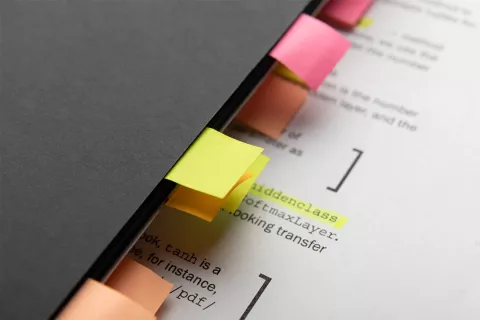
To ensure the safety and efficacy of medical devices entering the US market, the US FDA requires every manufacturer to submit a mandatory 510(k) pre-market notification. It is mainly applicable for Class II devices and a few Class I and Class III devices and is based on the principle of substantial equivalence. According to this principle, the new device should demonstrate substantial equivalence of safety and efficacy with a predicate device, which is legally marketed in the US.
However, 510(k) submission demands ample time, meticulous planning, thorough documentation and a clear-cut understanding of various Regulatory requirements. Let us see what these requirements are and how they can help avoid submission challenges and pitfalls.
- Identify and prepare a Regulatory strategy. At the earliest possible, every organization must chalk out a Regulatory strategy at the beginning of the development process. Identifying the Regulatory requirements as per the changing Regulatory landscape will enable compliance at every stage of the device development. The Regulatory strategy should be inclusive of predicate device, device classification, device description and its specifications, proposed labeling, clinical testing (if applicable), sterilization data (if applicable) and software and electronics.
- Leverage the 510(k) checklist. FDA recommends that every organization must submit this checklist as a part of their application. Therefore, the checklist becomes necessary to kickstart the pre-submission process, as it determines whether the 510(k) meets a minimum threshold of acceptability and should be accepted for a review. The list is found on the FDA website, and it can be used to ensure that all the required content is included in the 510(k) application.
- Choose the right predicate device. Selecting the suitable predicate device can make or break the foundation of a 510(k) application. The correct predicate can be chosen at the early medical device development process by understanding the technological characteristics, relevant specifications and the testing needed to demonstrate the substantial equivalence, along with the device labeling and performance. The new device should perform as good or better than the chosen predicate.
- Right documentation. Start documenting the 510(k) application at the early phases of the development process by outlining all the testing needed and ensuring that the Design History Files (DHFs) are clearly written for the review process. Identify any gaps in testing, labeling and claims content periodically because these stand as the most cited deficiencies in a Refuse to Accept (RTA) response. Any small discrepancies even in the Instructions For Use (IFU) can result in an RTA. Therefore, it is essential to conduct a careful review of the important documents to avoid common pitfalls.
- Be prepared for the FDA queries. The FDA will certainly ask several additional questions during the preliminary review process. Answering the FDA queries can be difficult and time-consuming, but developing a plan of action and efficient team to answer the queries can be helpful. In addition, after reviewing the FDA queries as a team, consider scheduling some time with the FDA reviewer to better understand the question and prepare for the appropriate response.
Finally, it is to be noted that the 510(k) submission clearance will usually take 6-9 months and the timeline for the FDA review is 90 days if all the documentation is clear and in a good and required order. Considering the addressal of all the key aspects in your plan of action will aid in compliant 510(k) clearance. Do you need an expert’s assistance to streamline and simplify your 510(k) submission process? Consult one now! Stay informed. Stay compliant.









